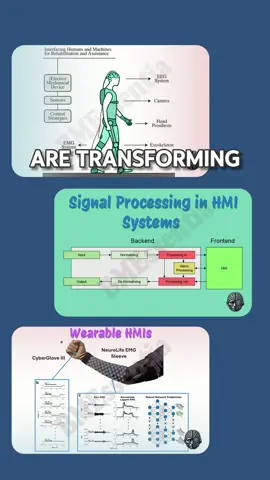Sara | Yoga & Pilates teacher
Region: US
Thursday 23 October 2025 06:51:22 GMT
45564
1241
8
434
Music
Download
Comments
Fly :
elegant and effective
2025-10-28 20:20:04
0
KALMYSTERY - INLUMINATI DEMAN :
Why is it only you can reach me health and wellbeing wise without speaking to my being?
2025-10-25 00:31:05
0
dewiadjan :
💪💪🔥🔥
2025-10-29 00:49:28
0
reynacortez925 :
🥰
2025-10-28 03:58:46
0
Lay Levis 1969 :
😇😇
2025-10-27 10:32:30
0
emiliamamdotti :
😳😳😳
2025-10-25 19:45:32
0
juhmendes4222 :
🥰🥰🥰
2025-10-24 18:01:44
0
Aye :
🥰🥰🥰
2025-10-23 07:03:02
0
To see more videos from user @s.z.movement, please go to the Tikwm
homepage.





